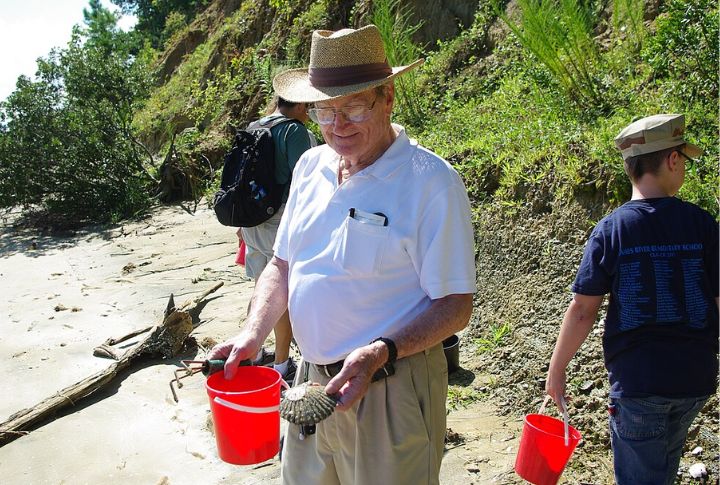
Imagine unearthing a piece of prehistoric history, a fossil that hasn’t been seen in millions of years. Across America, hidden beneath rock layers, dinosaur bones wait to be discovered. This article will help you find the best locations, use the right tools, and maximize your chances of making an incredible find. Let’s get started.
Know The Laws Before You Dig

Not all land is fair game for fossil hunting. Public lands often allow collecting small fossils, but dinosaur bones? That’s a different story. National parks and protected areas prohibit removal. Stick to state lands and private properties (with permission) to ensure you’re digging legally.
Visit The Best Dinosaur Fossil Hotspots

Where did dinosaurs roam? The best fossil sites hold the answer. Head to Hell Creek Formation (Montana), Morrison Formation (Colorado, Utah, Wyoming), and the surrounding area of Badlands National Park (South Dakota). These locations yield stunning finds, from Triceratops skulls to massive sauropod bones.
Look For The Right Rock Formations
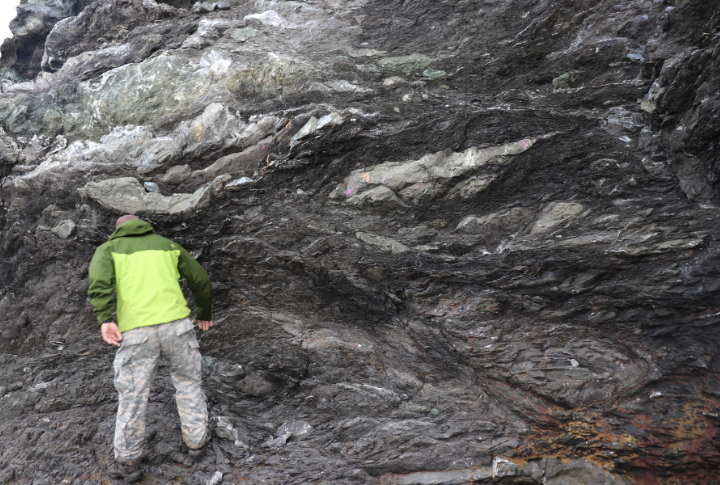
Not all rocks contain fossils. Dinosaur bones hide in sedimentary rocks like sandstone and shale, which formed millions of years ago. Scan exposed, eroded hills and dry riverbeds. If the rock is ancient enough and the conditions are just right, you might be standing on a prehistoric fossil bed.
Spot The Clues On The Ground
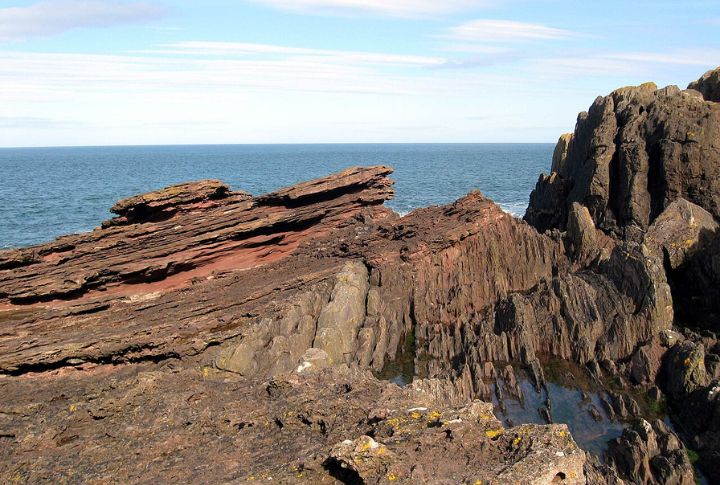
Fossils don’t always scream for attention. Sometimes, they appear as unusual textures, odd colors, or fragments of bone sticking from the earth. Keep an eye out for small, scattered pieces. Bigger discoveries often start with tiny clues.
Bring The Right Tools For The Job

Forget the giant pickaxe; you need precision. A rock hammer, chisels, brushes, and a sturdy backpack help carefully extract fossils. GPS and field notebooks track locations. If you stumble upon something big, take photos, note coordinates, and call a paleontologist instead of attempting removal.
Investigating Fossilized Teeth

While hunting for fossils, don’t overlook fossilized teeth. These well-preserved remnants offer clues about ancient species and their diets. Sharp, flat, or tusk-like shapes can reveal whether the species was a predator or herbivore, making teeth an essential find for any fossil hunter.
Go After A Storm For Fresh Finds

Heavy rains and rushing floods break down rock, peeling back layers to reveal hidden fossils. Check riverbanks, eroded cliffs, and dry washes when the storm clears. You never know; nature’s excavation team might have just unearthed your next big discovery.
Understand The Difference Between Bone And Rock

Petrified bone and regular stone can look deceivingly similar. Fossilized bone often has a honeycomb texture and feels heavier than a typical rock. Some claim a fossil sticks slightly to your tongue due to porous surfaces, a technique known as the ‘Lick test.’ However, scientists prefer magnifying glasses and lab analysis for accurate identification.
Team Up With Local Experts
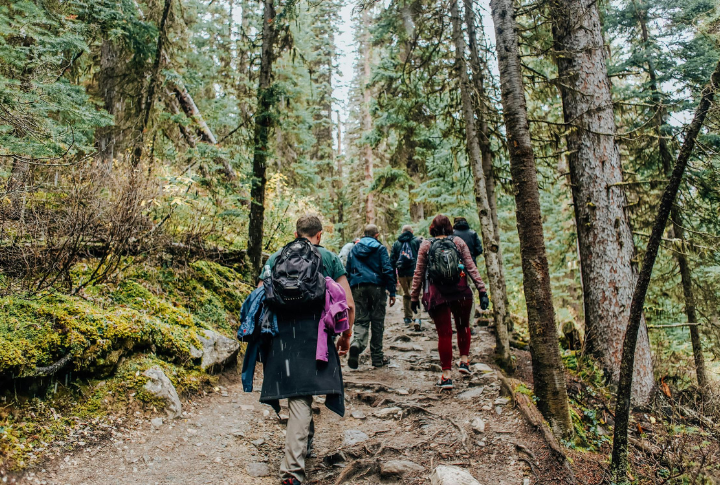
Paleontology groups and fossil-hunting tours exist across the U.S. Join a dig with experts to increase your chances of finding something significant. Museums, universities, and clubs often organize guided fossil hunts, so learning from seasoned hunters can turn an average outing into a real discovery.
Report Major Discoveries The Right Way
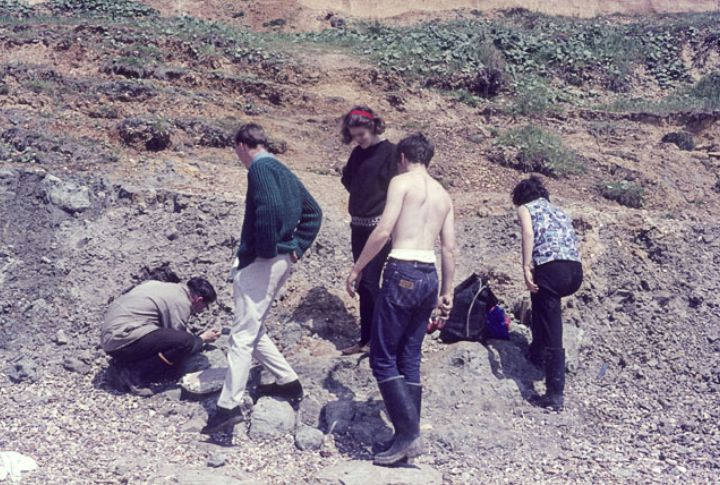
You can’t just take it home if you uncover something extraordinary, like a complete skeleton or a rare species. Contact local paleontologists or museums. Reporting significant finds helps preserve history, contributes to science, and may even get your name attached to a groundbreaking discovery.

